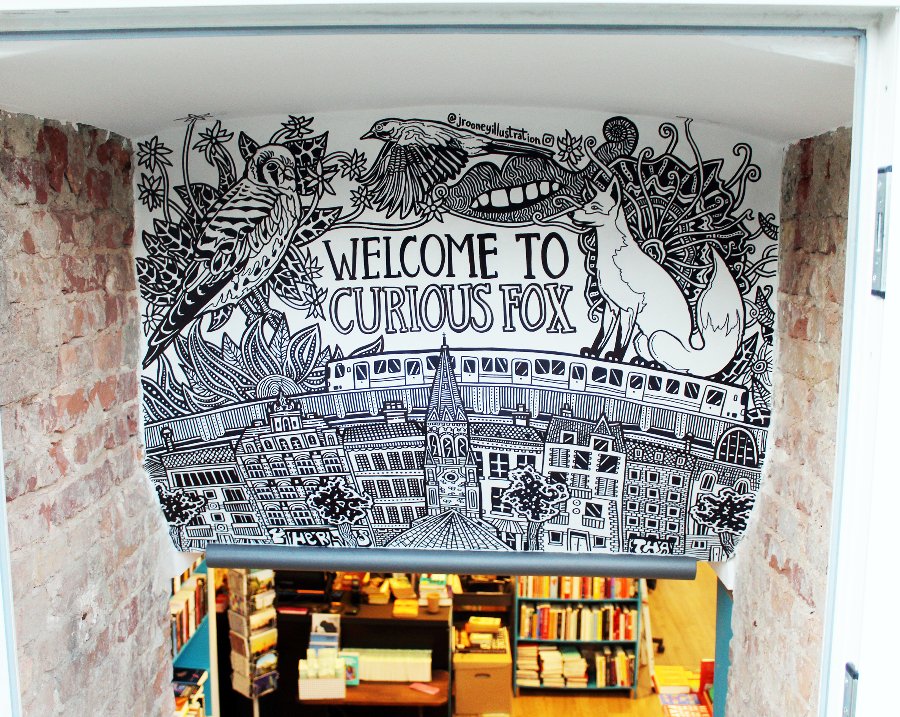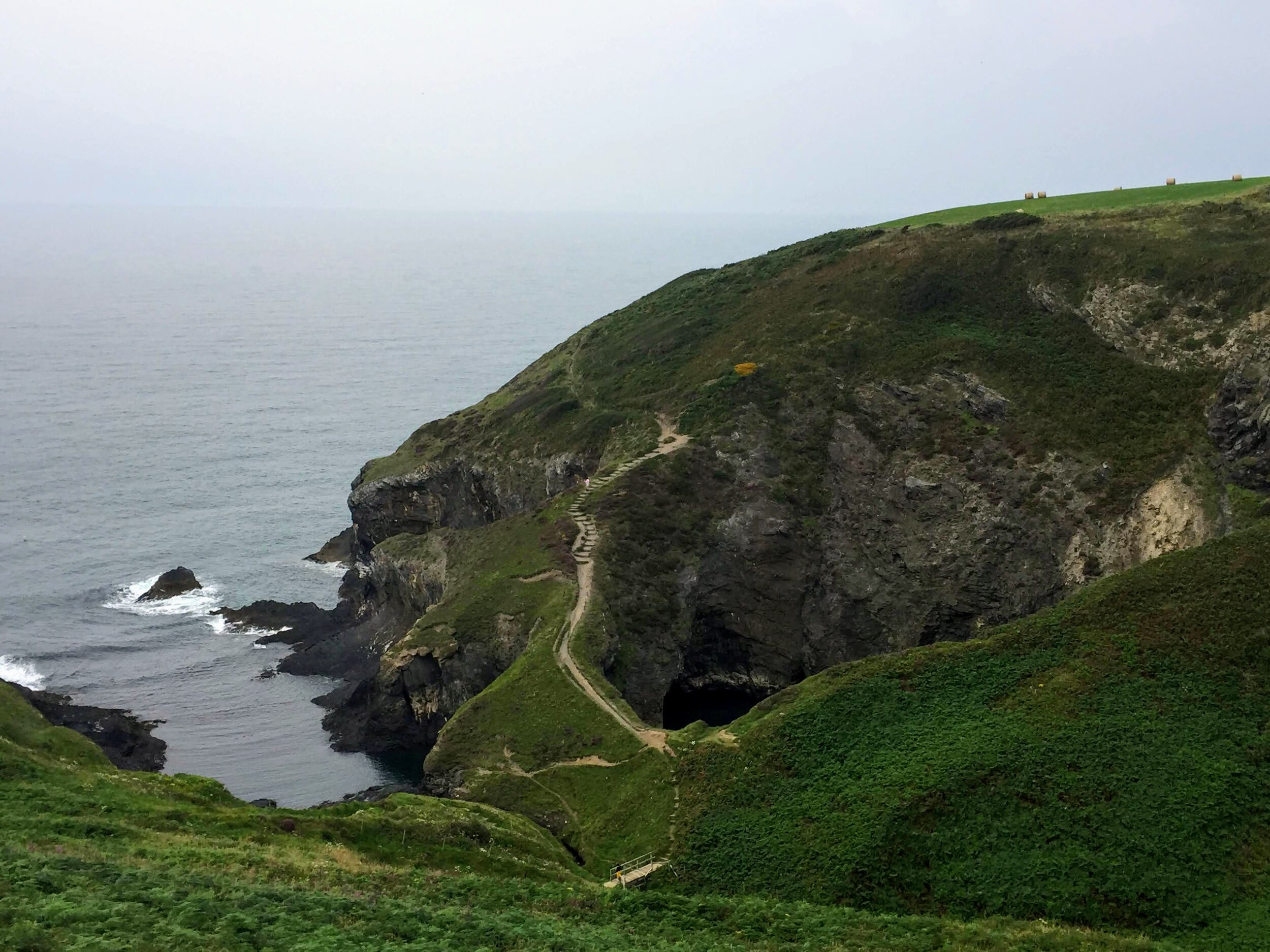By Rachel Sloan:
2000
The first time I find the canal, it’s an accident.
It’s January, I’m twenty, I’ve been in London only a few weeks. I’ve never been abroad before and everything dazzles me. But I spent last night in a crush of bodies in some West End club and this morning I’m desperate for quiet and space, so Regent’s Park it is.
Restless, I stride past the places I already know well and head north – in search of what, I don’t exactly know. I know Primrose Hill lies beyond, but before I reach it, I glimpse a snaking line of trees. Patches of water flash between the gaps. There’s a path and I follow it down and then everything changes.
The canal unspools in both directions. To my right, a long green ribbon of water and the peaks of Lord Snowdon’s aviary. To my left, a string of weeping willows, bare branches bowed toward the water like a group of mourning fair-haired giants; an enormous double-decker scarlet barge that looks like leftover opera scenery; a low bridge through which the canal bends away sharply and disappears. I turn left.
I pass gardens that spill down to the water’s edge, arbours laced in barky coils of wisteria, warehouses with windowpanes punched out like black eyes, thickets of trees and brambles wedged against brick walls. The silence is near total, the clangour of traffic sinking away into leaf mould and water. Crumpled lager cans and eviscerated crisp packets drift together in makeshift islands but when I stare down into the water I catch flashes of silver and gold tipped with red: roach, maybe bream. I round another bend and catch a heron picking its way through fallen twigs, its neck unreal, its eyes locking for an instant with mine.
I grew up thinking that the world was parcelled into boxes marked City, Suburb, Nature. As I walk I feel those tidy divisions blowing apart. In their wake is something rich and strange. Something that just yesterday I would have laughed off as an oxymoron.
Urban nature.
I don’t yet have the vocabulary to get to grips with this new kind of nature, just a bone-deep feeling of belonging, despite this being a place I’ve only known for weeks, unlike the place I was born and where I lived for eighteen years. What I find at the canal isn’t the Romantic landscapes of Keats and Wordsworth that I spend my days dissecting in cramped seminar rooms.
One day, browsing a bookshop table piled with contemporary poetry, I stumble upon Tobias Hill. The Regent’s Canal runs through his poems like a mud-flecked golden thread. Here is someone who understands this place that exists within London and yet is not fully of it, that ticks along on its own parallel time, someone who can feel and give form to what the canal does to sound and light. He writes of air ‘pressed / into white slabs of mist’, of a dying eel entangled in a sunken shopping trolley, of canal-side magnolia blossoms glowing like lightbulbs and blackbirds whose pollen-filled mouths ‘burn with it / like fuse wires’.
When I leave London at the end of my semester abroad, Hill’s books are in my suitcase. I cling to them over the next fifteen months as I half-heartedly try to fit myself back into the contours of a life and a country in which I no longer feel I belong, as I plot my return. When I move back to begin a postgraduate degree, they, too, retrace their journey across the Atlantic. The canal is just as I’d left it; walking the towpath is a homecoming. But Hill has stopped writing poetry. He’s turned to novels, and although I try to love them I somehow can’t. As the years pass I dip into his poems now and then and I can still sense a kindred spirit – a ghost, growing ever fainter.
Only fourteen years later, chancing across a newspaper interview, do I learn that Hill and I have something else in common besides our love for the canal: he, too, is Jewish. And only some years after that will I realise how rare the two of us are, writing about nature, urban or otherwise.
2014
I’ve been walking the Regent’s Canal for years by now, in sun, fog, veils of rain. I’ve kayaked it too, clambering from my boat glazed in duckweed. I know it – or so I think – like the back of my hand.
One Saturday in November I visit the London Canal Museum and I discover how little I really know. In the grand scheme of things, the Regent’s Canal is a bauble, a plaything beside the mighty Grand Union Canal. I’ve always been vaguely aware of its existence without having any notion of its course; now I learn that two of its arms link the Regent’s Canal to the Thames in a series of snaky, unruly bends just over 20 miles long. I need no further urging. The next morning I’m on the towpath at Paddington Basin, walking to the Thames by the longest possible route.
The Grand Union has none of the tame prettiness of the western reaches of the Regent’s. At first it’s tough, gritty, obviously industrial. It curls past windswept tower blocks, empty warehouses. Islands of rubbish outnumber waterbirds. There are regular signposts for walkers but no other accoutrements of leisured walking: no waterside pubs, no enticements to linger. London seems, resolutely, to turn its back on the canal.
And then, imperceptibly, the canal grows wilder. To my right stretches the majestic mossy ruin of Kensal Green cemetery; seen from the canal you’d never guess it was still in use, the tombstones crumbling under skeins of ivy and bramble. To my left is a gargantuan Tube depot, an unravelling braid of steel in a sea of gravel, crosshatched by wires.
A few miles on, a mobile drift of snow carpets the towpath and I blink in disbelief. The snow resolves itself into the largest flock of mute swans I’ve ever seen. I edge toward them cautiously – no cygnets in evidence, but I know how quickly swans can shift from regal aloofness to hissing and snapping. They show no inclination to move out of my way. If I try to go round them I’ll end up either in the canal or snagged in brambles. Holding my breath, I wade through a sea of swans and everything changes again. The canal spills out into fields punctuated by scrub, thickets of hawthorn, banks of water-loving willow and alder that gradually condense into low-lying woodland. According to the map I’m still in London. But I know by now that maps can be right and wrong at the same time.
By four o’clock the shadows are fading. The edges of the clouds glow pink. Despite my woollen gloves, my fingers ache. I’m hollow with hunger; there are no blackberries to scrump now, just last summer’s wizened black buttons. I curse my poor planning. How could I have thought I could cover 20 miles in a day in November? Admitting defeat, I turn off the canal path to the nearest Tube station.
Greenford is on the branch of the Central Line that goes to Ruislip, the one that I’ve never had any reason to take. I almost lose my way in the cookie-cutter drabness of the streets. There’s a Polish delicatessen across from the station but fantasies of sinking my teeth into a hunk of poppyseed roll or a slab of apple pie are instantly dashed by the CLOSED sign on the door.
The platform at Greenford is above ground. At the top of the stairs, I find myself standing under a vault of flame and pearl, mackerel clouds stained rose-gold drifting away from the setting sun. Despite cold and hunger part of me wants to stay here until the last light fades, but the temptation of the warm interior of the train is too much. As the doors slide shut behind me, I remember a snippet of wall text from the Canal Museum. I didn’t think to note down its author, but this wise person observed that the joining of the Regent’s Canal and the Grand Union Canal, and their links to the Thames, effectively turn London into an island. An island within an island.
With one last glance at the blazing sky, I let the train carry me inland, away from the canal and into the heart of the Island London that I have made my home.
***
Rachel Sloan an art historian, curator and writer. Born and raised in the suburbs of Chicago, she has called the UK – first London, now Kent – home for most of her adult life. Her short fiction and creative nonfiction have appeared in Moxy, Stonecrop Review, STORGY, and Canopy: an anthology of writing for the Urban Tree Festival (2021). Her short stories have been Highly Commended in the 2020 Bridport Prize, runner-up in the 2021 Urban Tree Festival writing competition and longlisted (twice) in the 2021 Mslexia Short Story Competition. She was also longlisted for the 2021 Nan Shepherd Prize; 'Canal' is an excerpt from her longlisted book proposal, a nature memoir entitled Taking Root.









